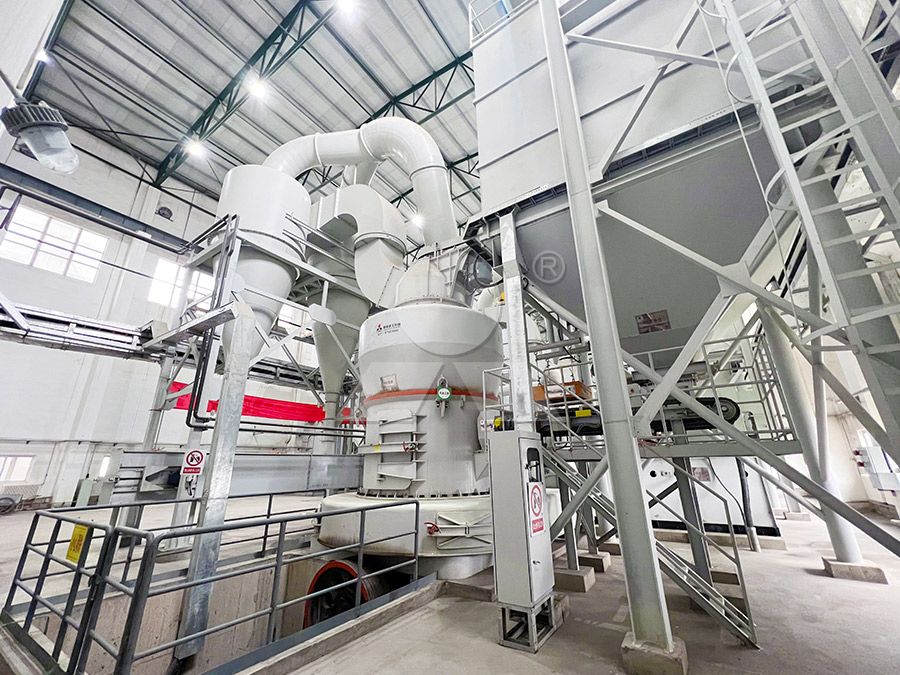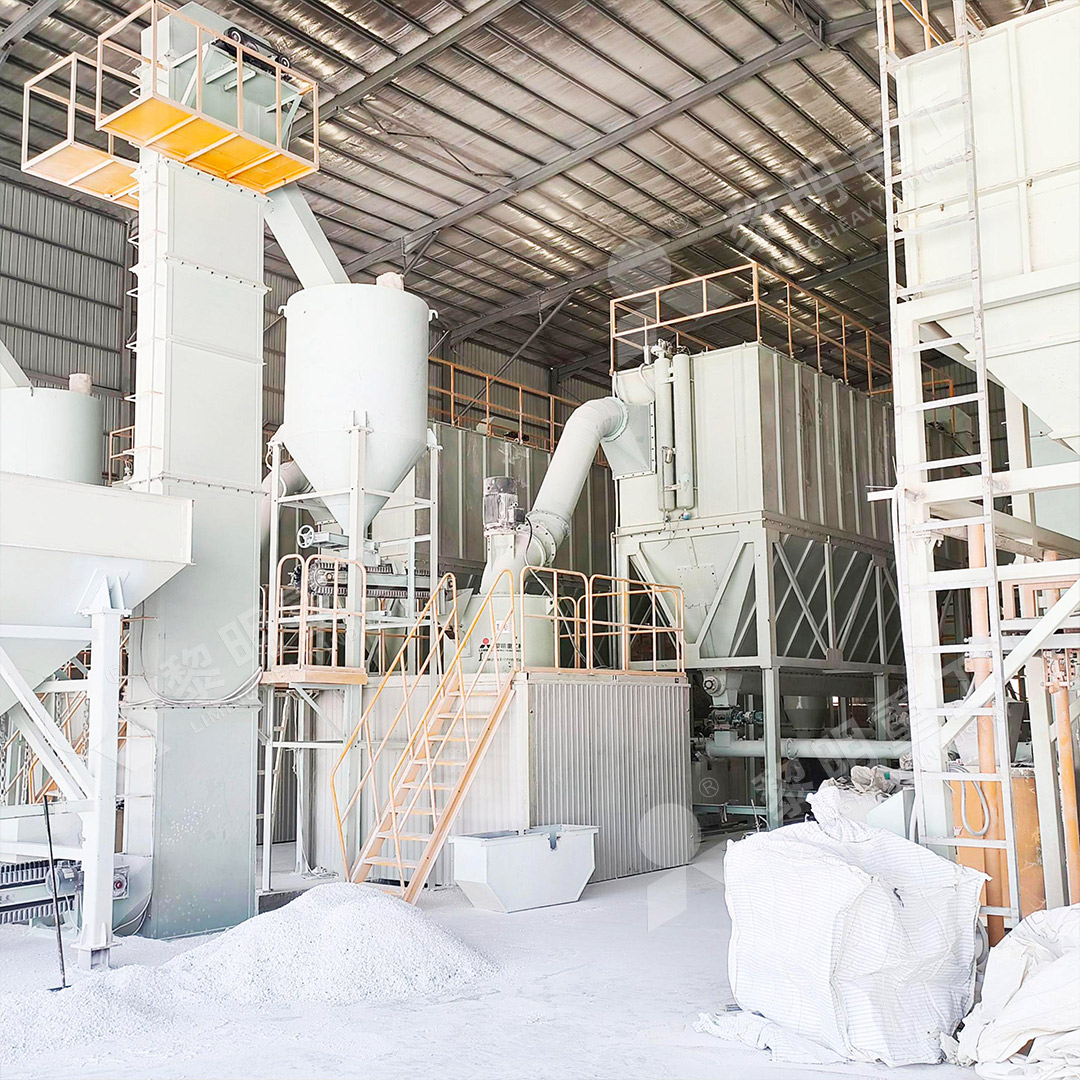The Ultimate Guide to Roll Forming Technology in Raymond Mill Manufacturing
We provide a wide range of mills — including Raymond mill, trapezoidal mill, vertical mill, ultrafine mill, and ball mill, obtained ISO9001 international quality certification, EU CE certification, and Customs Union CU-TR certification. Suitable for processing minerals such as limestone, phosphate, quicklime, kaolin, talc, barite, bentonite, calcium carbonate, dolomite, coal, gypsum, clay, carbon black, slag, cement raw materials, cement clinker, and more.
The discharge range of these mills can be adjusted to meet specific processing needs, typically from 80-400 mesh, 600-3250 mesh, and can achieve the finest particle size of up to 6000 mesh(D50).
If you are looking for a reliable grinding solution to turn stone or minerals into fine powder, please feel free to contact our online customer service.
The Ultimate Guide to Roll Forming Technology in Raymond Mill Manufacturing
In the competitive world of mineral processing and powder production, the manufacturing quality of grinding mill components directly impacts machine performance, longevity, and final product quality. Among the most critical manufacturing processes is roll forming technology, used to create the high-precision grinding rollers and rings that are the heart of any mill. This guide delves into the advanced roll forming techniques that set industry-leading Raymond mills apart.

The Critical Role of Precision in Grinding Mill Components
Grinding mills operate under extreme conditions, subjecting their internal components to immense pressure, friction, and abrasive materials. The geometry of the grinding roller and ring—specifically their curvature and surface profile—dictates the efficiency of the grinding process. Imperfections in these components lead to uneven wear, reduced grinding efficiency, higher energy consumption, and inconsistent product fineness. Advanced roll forming technology ensures that these critical parts are manufactured to exacting tolerances, creating the perfect mating surfaces necessary for optimal performance.
Modern roll forming in mill manufacturing utilizes Computer Numerical Control (CNC) systems to achieve micron-level precision. This digital control allows for the creation of complex, custom grinding curves that maximize the contact area between the roller and material, leading to a more efficient crushing and grinding action. The result is higher yield with lower energy input—a key consideration for any operation focused on sustainability and cost-effectiveness.
Integrating Advanced Manufacturing with Superior Mill Design
The benefits of precision manufacturing are fully realized when paired with intelligent mill design. A prime example is our MW Ultrafine Grinding Mill, a machine that exemplifies how cutting-edge roll forming translates into tangible operational advantages. With an input size of 0-20 mm and a capacity range of 0.5-25 tph, the MW series is engineered for customers requiring ultra-fine powder. Its newly designed grinding curves, a direct result of sophisticated roll forming, enhance grinding efficiency so significantly that its production capacity is 40% higher than that of jet mills and double that of ball mills, while system energy consumption is just 30% of a jet mill’s.

Furthermore, the design eliminates rolling bearings and screws within the grinding chamber. This innovative approach, made possible by precise component manufacturing, removes common failure points and allows for external lubrication without shutdown, enabling continuous 24/7 production. For operations processing materials like limestone, calcite, dolomite, or gypsum into powders for the chemical, paint, or cosmetic industries, this reliability is invaluable.
Beyond Raymond: The Evolution of Vertical Grinding Technology
While Raymond mills laid the foundation, technology has evolved. The LUM Ultrafine Vertical Grinding Mill represents the next generation, integrating the latest grinding roller technology and German powder separating technology. Its unique roller shell and lining plate grinding curve, crafted with advanced roll forming, is easier to generate a material layer and achieve a high rate of finished products in a single pass.
This mill’s design also incorporates double position-limiting technology, which uses electronic and mechanical limits to prevent destructive impacts between the roller and millstone—a critical feature for operational stability. The reversible structure, another benefit of flexible manufacturing, allows for easy maintenance by enabling operators to move the grinding roller out of the body quickly. With an input size of 0-10 mm and a capacity of 5-18 tph, the LUM series is a robust solution for superfine dry powder production.

Frequently Asked Questions (FAQ)
How does roll forming technology affect the final product’s fineness?
Precision roll forming creates perfectly matched grinding surfaces, which ensures consistent pressure and grinding action across the entire material bed. This consistency is crucial for achieving a narrow particle size distribution and adjustable fineness, such as the d97≤5μm capability of the MW Ultrafine Grinding Mill.
Can these advanced mills handle materials beyond limestone and calcite?
Absolutely. Mills like the MW and LUM series are designed for a wide range of non-metallic minerals with Mohs hardness below 7, including barite, marble, talc, coal powder, and petroleum coal. Their robust construction and precise components make them versatile across industries.
What are the main advantages of a vertical mill design over a traditional Raymond mill?
Vertical mills like the LUM series integrate grinding, drying, classifying, and conveying into a single, compact unit. They typically offer higher efficiency, lower energy consumption (30-50% less than ball mills), stronger drying capacity, and a smaller physical footprint, making them ideal for large-scale, modern production facilities.
How is environmental performance addressed in these designs?
Modern mills are built with environmental stewardship in mind. For instance, the MW Ultrafine Grinding Mill is equipped with an efficient pulse dust collector and muffler, ensuring no dust pollution and reduced noise levels, fully complying with national environmental protection standards.
